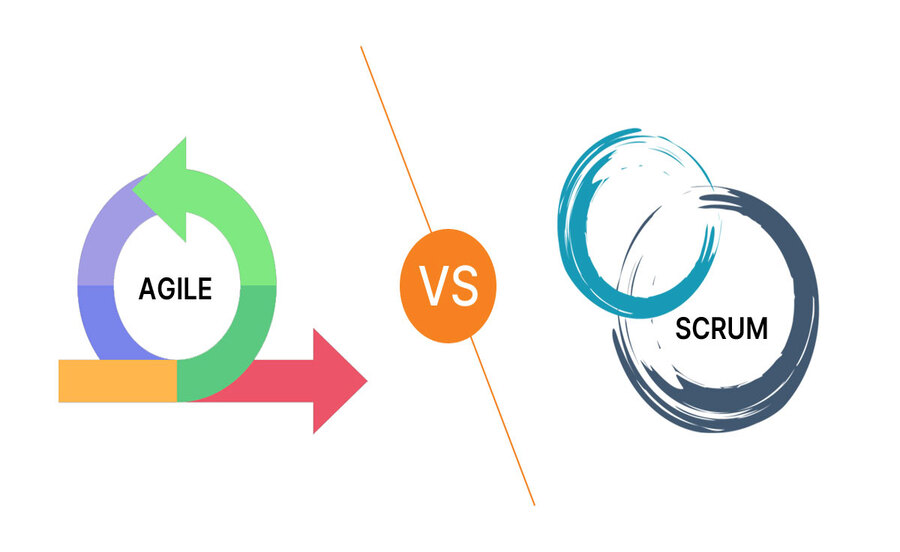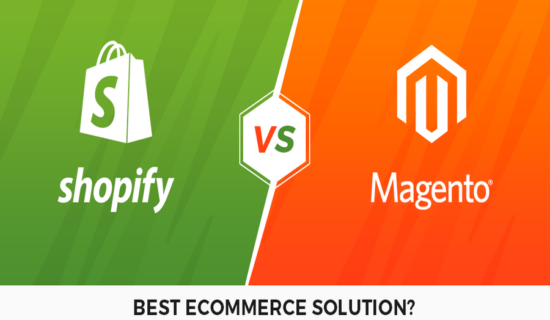
Introduction
Agile and Scrum are two widely used methodologies in software development, each with its own set of principles, practices, and approaches. While often used interchangeably, Agile and Scrum are not synonymous. Understanding the nuances between the two is crucial for teams looking to optimize their development processes. In this article, we’ll delve into the differences and similarities between Agile and Scrum, helping you determine which approach best suits your project needs.
Agile Methodology
Agile is a flexible and iterative approach to software development, emphasizing adaptability, collaboration, and customer feedback. The Agile Manifesto, created in 2001, outlines its core values, which include prioritizing individuals and interactions over processes and tools, working software over comprehensive documentation, customer collaboration over contract negotiation, and responding to change over following a plan.
Key Characteristics of Agile
- Iterative Development: Agile promotes iterative development cycles, where software is delivered in small, incremental releases.
- Customer Collaboration: Continuous feedback from customers is essential in Agile, ensuring that the delivered product meets their evolving needs.
- Adaptability: Agile embraces change and welcomes adjustments to requirements throughout the development process.
- Cross-Functional Teams: Agile teams are typically cross-functional, comprising members with diverse skill sets who collaborate closely to achieve project goals.
Scrum Framework
Scrum is a specific implementation of Agile, providing a structured framework for managing complex projects. Developed in the 1990s, Scrum defines roles, events, artifacts, and rules to guide teams through the development process. The Scrum framework is based on empirical process control theory, emphasizing transparency, inspection, and adaptation.
Key Components of Scrum
- Roles: Scrum defines three primary roles—Product Owner, Scrum Master, and Development Team—each with distinct responsibilities to ensure project success.
- Events: Scrum events, including Sprint Planning, Daily Stand-ups, Sprint Review, and Sprint Retrospective, provide opportunities for collaboration, inspection, and adaptation.
- Artifacts: Scrum artifacts such as the Product Backlog, Sprint Backlog, and Increment facilitate transparency and communication within the team.
- Time-Boxing: Scrum employs time-boxed iterations called Sprints, typically lasting two to four weeks, during which the team delivers a potentially shippable product increment.
Differences Between Agile and Scrum
- Scope: Agile is a broader philosophy or mindset, while Scrum is a specific framework for implementing Agile practices.
- Structure: Agile does not prescribe specific roles or events, whereas Scrum defines roles, events, artifacts, and rules.
- Flexibility: Agile allows for greater flexibility and customization, whereas Scrum provides a more structured approach with defined roles and ceremonies.
- Scalability: Agile principles can be applied at various levels of an organization, while Scrum is primarily suited for small to medium-sized teams working on complex projects.
Similarities Between Agile and Scrum
- Iterative Development: Both Agile and Scrum emphasize iterative development cycles to deliver value incrementally.
- Customer Collaboration: Both methodologies prioritize customer collaboration and feedback throughout the development process.
- Adaptability: Both Agile and Scrum embrace change and encourage teams to adapt to evolving requirements.
- Focus on Value: Both methodologies focus on delivering value to customers through working software and continuous improvement.
Conclusion
In conclusion, Agile and Scrum are both valuable approaches to software development, each offering unique benefits and advantages. Agile provides a flexible and adaptive philosophy, while Scrum offers a structured framework with defined roles and ceremonies. Ultimately, the choice between Agile and Scrum depends on the specific needs and preferences of your team and project. Regardless of the approach chosen, embracing Agile principles and Scrum practices can lead to increased efficiency, improved collaboration, and better outcomes for your organization. Stintar, with its focus on project management and collaboration, can further enhance the effectiveness of Agile and Scrum methodologies, helping teams achieve their goals with greater ease and efficiency.
Stintar is an ideal platform for teams practicing Agile and Scrum, providing intuitive tools for task management, communication, and collaboration. With features such as Kanban boards, Gantt charts, and real-time messaging, Stintar empowers teams to streamline their workflow, track progress, and deliver value to customers more effectively. Whether you’re new to Agile and Scrum or looking to optimize your existing processes, Stintar can help you achieve success in your software development projects.

